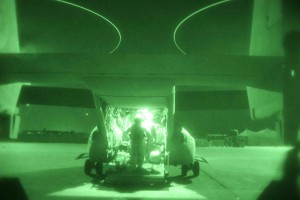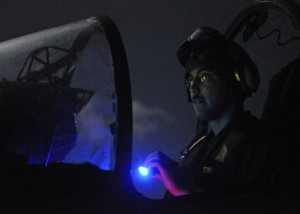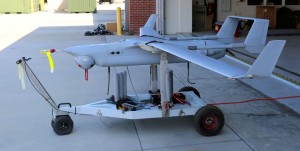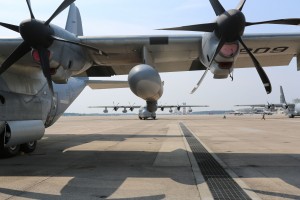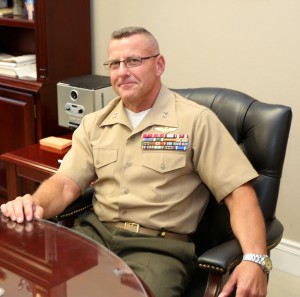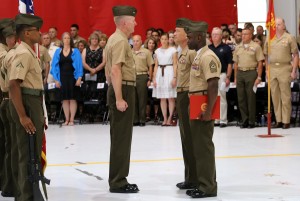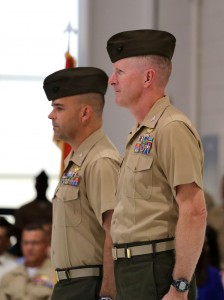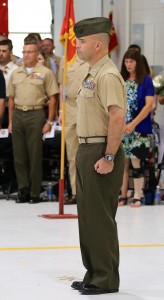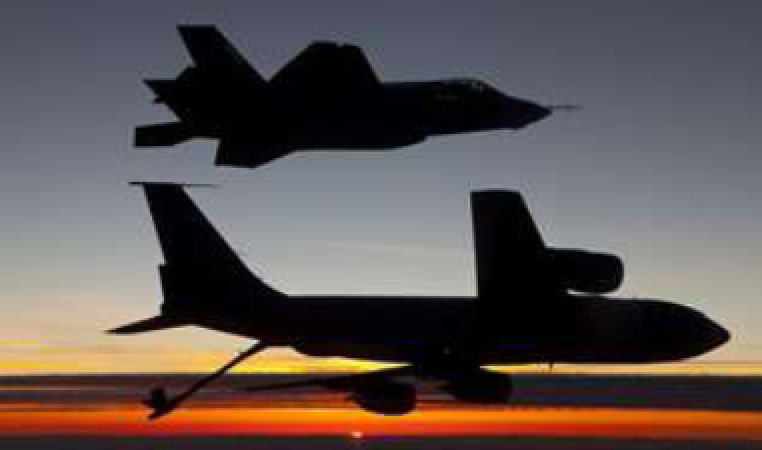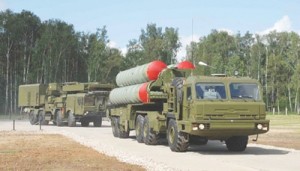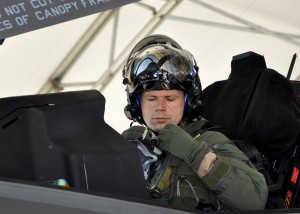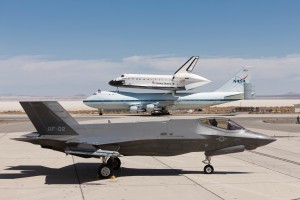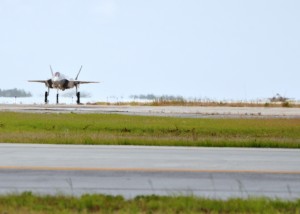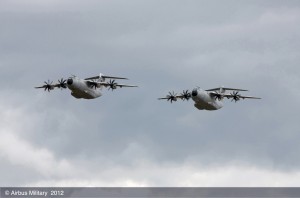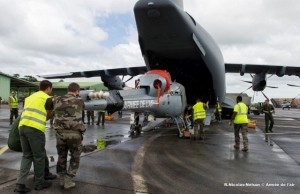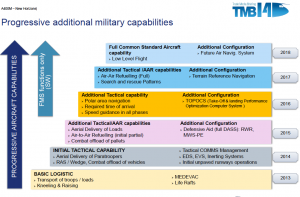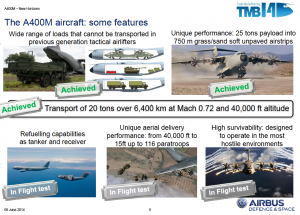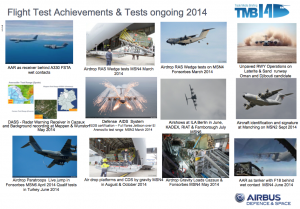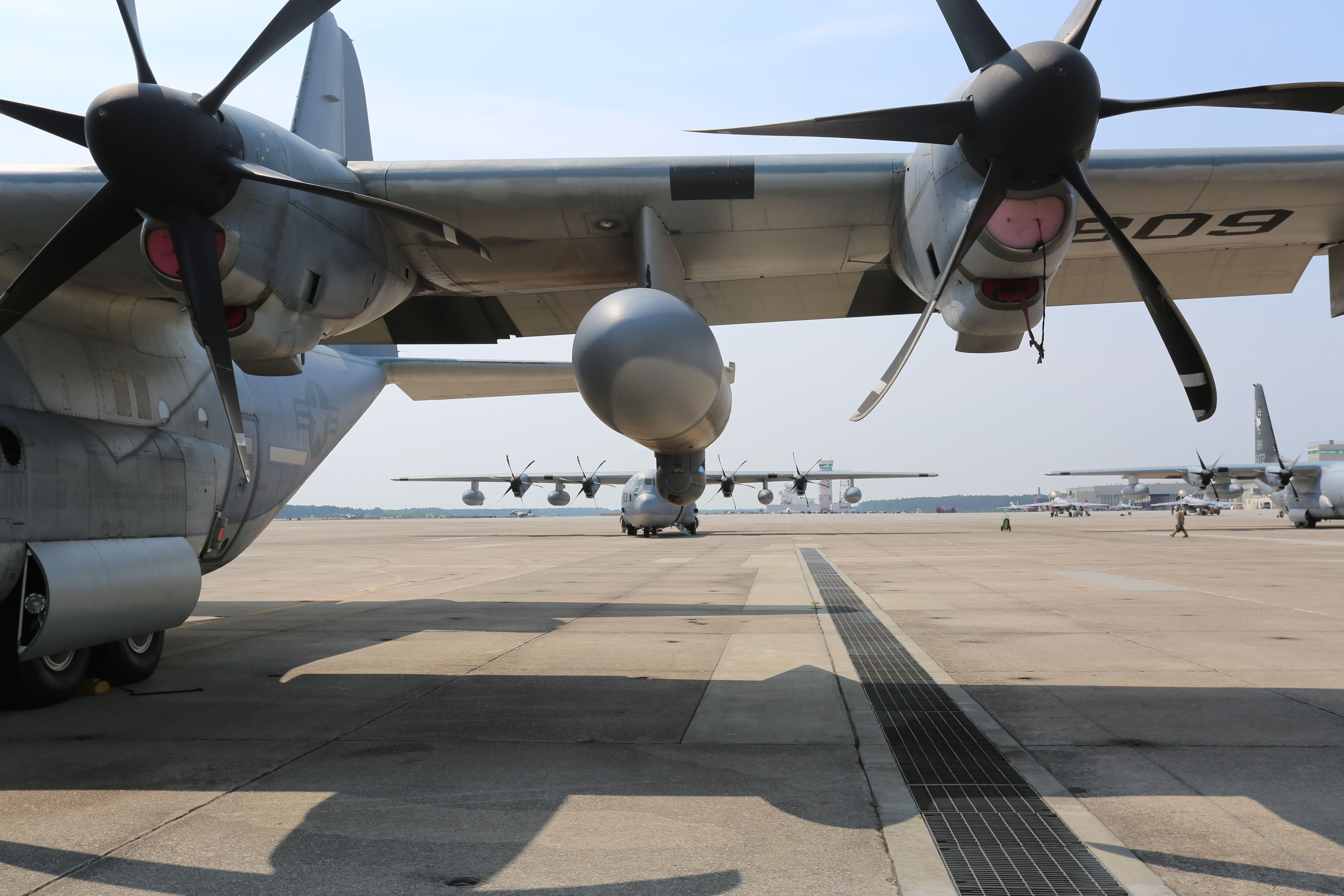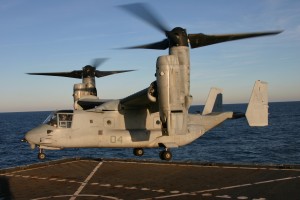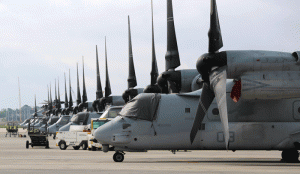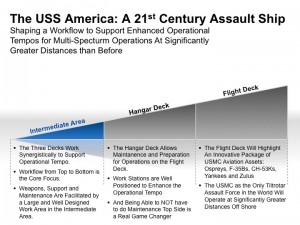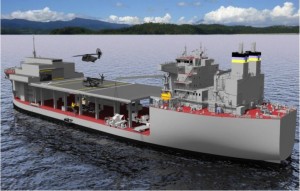2014-07-07 By Bill Jayne
The battle for the future of the Veterans Health Administration (VHA) in the U.S. Department of Veterans Affairs (VA) is shaping up as a typical D vs. R skirmish over money.
The D’s say that everything will be ok if the stingy R’s just cough up some more money.
The R’s don’t want to seem unpatriotic so they slap the breast pocket of their suit coat, scratch around their rear end and find several more billions like a diner who really doesn’t want to cover the check but figures he’s been backed into a corner.
This totally misses the point.
Missing the Point
Here’s why.
On March 3, 1996, VA Secretary Jesse Brown testified at a pivotal hearing before the House Veterans Affairs Committee. The subject of the hearing was VA’s FY 97 budget and all the typical witnesses were called and there was enough partisan rancor displayed to make it clear that a primary purpose of the hearing was to point fingers at the other side.
Yet, it occurred at a time of great change for VHA.
Under the Clinton Administration, VHA began to change course from a “bricks-and-mortar” system that used the number of hospital beds to measure the capacity of care to a contemporary system based on ambulatory care visits and outpatient clinics. VA was also undergoing huge staffing cuts in an effort to save money. How the transition was implemented would be crucial for veterans.
Representative G.V. “Sonny” Montgomery (D-Miss.), probably the last of the true non-partisan veterans affairs leaders in Washington, asked the big question: “…even though you are shutting down beds and closing wards…Can you still take care of the veterans? And I guess you are going to tell me it is the money problem.” VA Secretary Jesse Brown, a straight shooter, said, “Yes, it is the money.
The bottom line is that we could make anything work in terms of resources that are provided to us, but the problem with that is that it will have the effect in the end of locking veterans out of our facilities.”
My memory of the hearing was that Jesse Brown was even more blunt but this is what made it into the sanitized hearing record. What he was saying was that the Administration plan would not generate enough revenue and cost savings to fully serve all the new veterans expected to enter the system. And this was before the wars in Iraq and Afghanistan.
The problem was in the “out-years.”
The Administration’s budget was showing rosy forecasts of declining costs and rising revenue from third-party payers like veterans’ private health insurance companies. They were saying that VA could serve more veterans—open the doors to virtually all veterans, not just those with service-connected medical problems or obvious financial needs. And, it wouldn’t cost more taxpayer money.
A Look Back
How did it work out?
In 1996 there were more than 26 million living veterans and 2.6 million of them were eligible for health care in a creaky, old-fashioned system full of empty wards in historic buildings. VA was asking for a budget of $39.3 billion in FY 1997 with a total of 217,747 full-time equivalent employees (FTEE).
Today, VA estimates there are 22 million veterans and about six million are enrolled for health care. Enrollees are assigned to one of eight priority groups and their priority number determines when they will receive appointments.
This year, VA is asking for $163.9 billion—about four times the 1996 request—and 321,381 FTEE (an increase of almost 50 percent) amid horror stories of cooking the books to hide the fact that veterans are dying while waiting for appointments.
Jesse Brown was right.
How did we get to this point?
We know the general history.

If VA can’t serve them better than any other part of the medical industry, then VA should be shut down.
After WWII VA built a huge hospital system based on expansive, scenic campuses and buildings full of beds for extended patient stays. By the early 60’s they found that they couldn’t fill the beds in the hospitals even though, in most areas of the country, VA could treat any veteran for virtually any ailment. By the end of the Vietnam War, VA had so badly neglected the hospitals that we encountered “Born on the Fourth of July” sorts of horror stories of badly wounded men being kept in hallways where they had to fend off rats at night when no one was around.
In the cash-strapped era of the 70s and 80s, the hospitals once again emptied and VA found itself in the double bind of trying to maintain a huge infrastructure that was not being used and, probably more importantly, trying to please the medical industry executives who found that the veteran clientele wasn’t serving their purposes for “educating” the customers of their medical industry schools; that is, future doctors.
By the Clinton era the government mustered the political will to change the VA system by building a base of service on an expanded clientele of veterans with minor or no service-connected disabilities and no pressing financial need.
President George H.W. Bush’s VA Secretary, Ed Derwinski, was excoriated for suggesting that the health of the system could be maintained by also serving the family members of veterans, but this was really just a harbinger of the loosening of the priority system. The Clinton strategy, quite obviously, served the needs of the bureaucracy and its allies in the medical schools, Congress and the veterans organizations.
The George W. Bush administration began with a new binge of building clinics and attempts to demolish some of the historic buildings that were no longer needed.
Cleverly, the scheme was given the tag of CARES (Capital Asset Realignment for Enhanced Service). “LSMFT: Lucky Strike Means Fine Tobacco.”
The situation was manageable until recently although it was obvious from the beginning that the “recovery” of costs from third-party insurers, etc., would never come near the real costs of providing care.
It was a situation similar to mass transit in which user fees (fares paid by the users) never come close to offsetting the cost of a heavily capitalized infrastructure and top-heavy management. Finally, the high cost of treating severely wounded veterans from the terrorist wars—coupled with administrative malfeasance—has removed the veil covering a system that was dishonest from the beginning.
The Way Ahead
So, what’s the solution?
Get back to basics.
VA should be serving severely wounded and service-connected veterans and the needs-based pensioners who have nowhere else to go. VA should work to become a world-class expert in providing wound care, orthopedic treatment and recovery, burn care, care of patients with environmental diseases connected to military service, care of psychological trauma and other ailments that are directly tied to military service. They can also serve elderly veterans who are truly in need.
The center of the bullseye, however, should always be the severely service-connected disabled.
If VA can’t serve them better than any other part of the medical industry, then VA should be shut down.
In 1983, ten years after the “Paris Peace Accords” ended our country’s involvement in the Vietnam War, the Woodrow Wilson Center in Washington, DC, under the estimable leadership of Peter Brasestrup, held a conference titled “Vietnam as History.” The University Press of America published the proceedings in a book with the same title. The last word in the conference and the book went to Col. Harry G. Summers, Jr., USA (ret.). Author of the classic On Strategy: A Critical Analysis Of The Vietnam War, Harry Summers said, “If Vietnam proved nothing else, it proved that the equivalent of a declaration of war – that is, the fixing of public will and the sharing of the responsibility for the war among the American people and the Congress and the Executive – is absolutely vital for any future war of the United States.”
Korean War veterans, distinguished observers and meaningful writers, both Braestrup and Summers have left us too soon; their counsel would be most welcome today. I would like to ask their opinions but I think what we are seeing in the VA healthcare crisis is the predictable result of waging war without “fixing the public will and the sharing of responsibility.” War has become worse than a “racket” (Major Gen. Smedley D. Butler, USMC).
Now it’s just one more political program—like building highways—and taking care of those who fought the wars has become the equivalent of the annual resurfacing programs on the highways: an unpleasant task that gets put off as long as possible. It’s also a task full of pork-barrel politics and myriad inefficiencies intended to serve some particular cause other than the basic mission of maintaining the highways.
What of those who have fought these terrible “limited wars”?
Gary Sinise, “Lt. Dan,” is doing an admirable job of raising funds to provide severely disabled young veterans with custom-built “smart” houses that will enable them and their families to lead better lives.
I heard him interviewed during a San Diego Padres baseball game recently and one of the announcers asked him what the young veterans tell him. Sinise said, “They tell me the thing they worry about most is being forgotten.”
It’s obvious that the burden of responsibility for these wars has not been shared equally and it’s quite likely that the majority will eventually grow tired of paying the bills “for him [and her] who shall have borne the battle.”
Bill Jayne, was Marine infantryman wounded at Khe Sanh who was given the great opportunity to make a career of serving his fellow veterans and their families.
For an earlier piece see the following:


